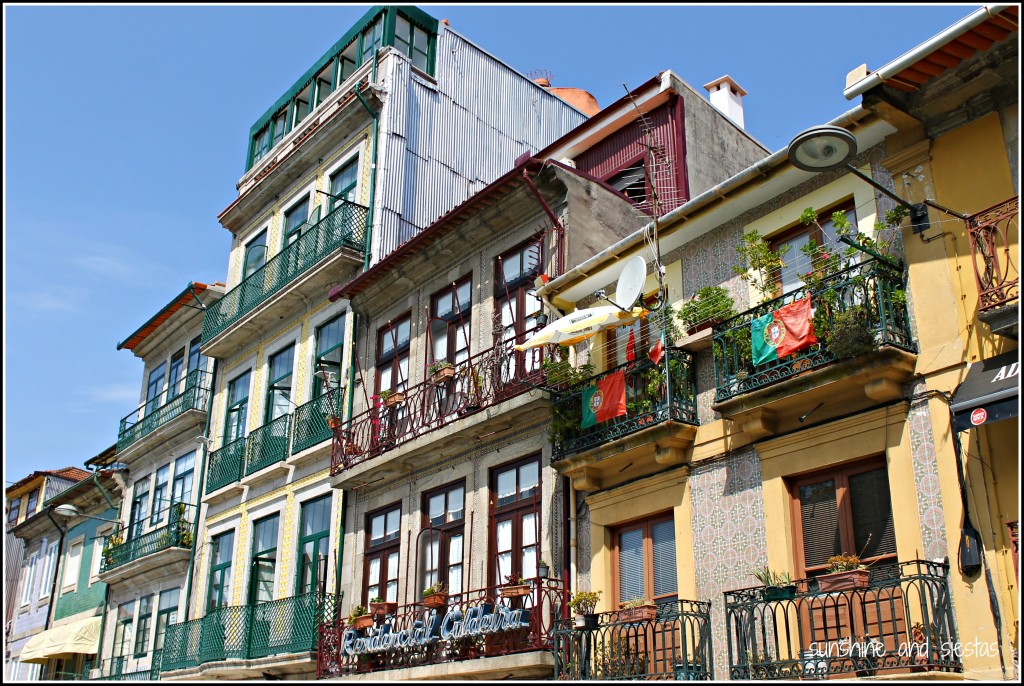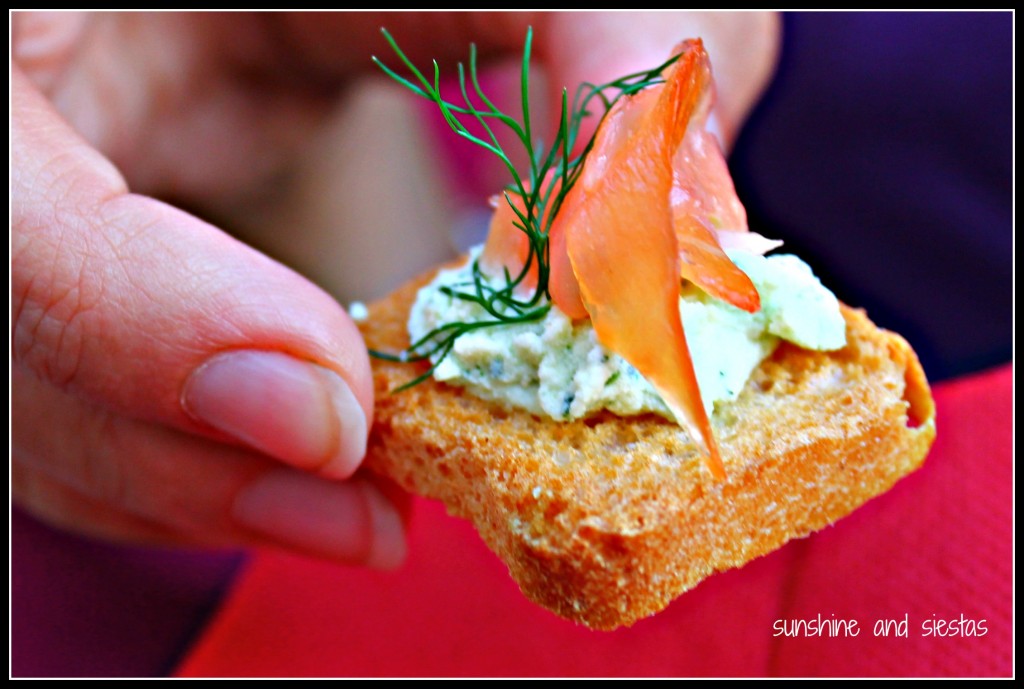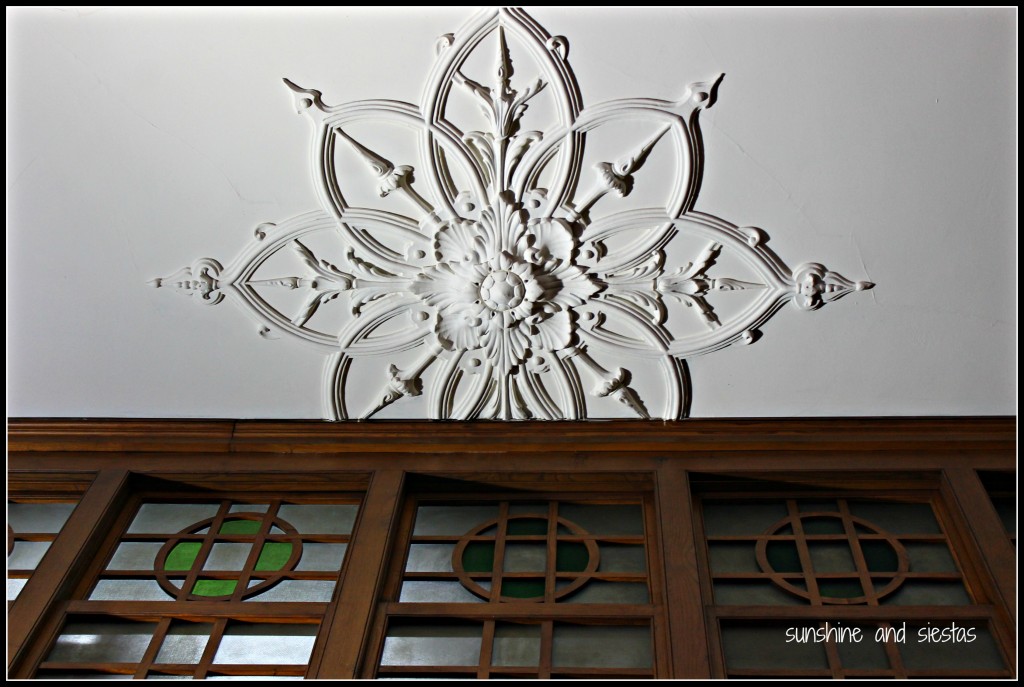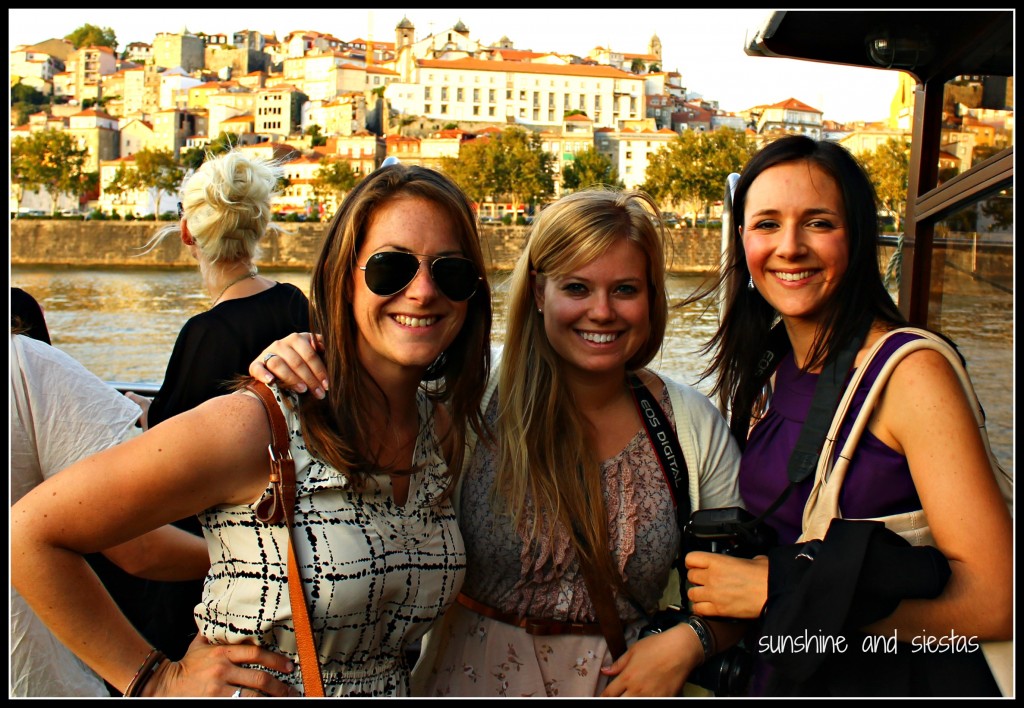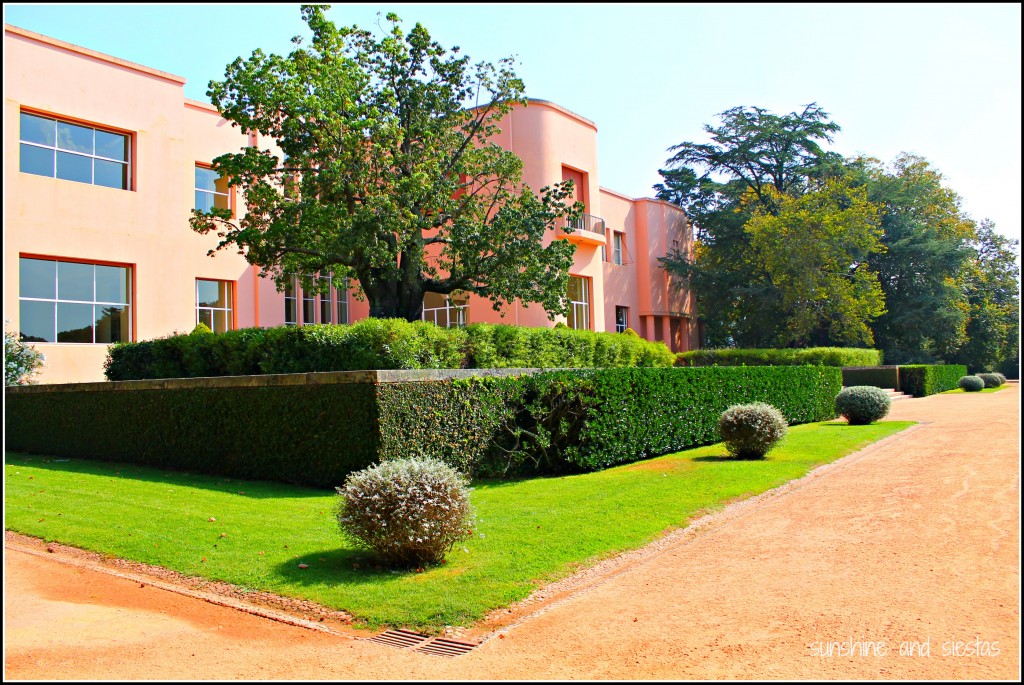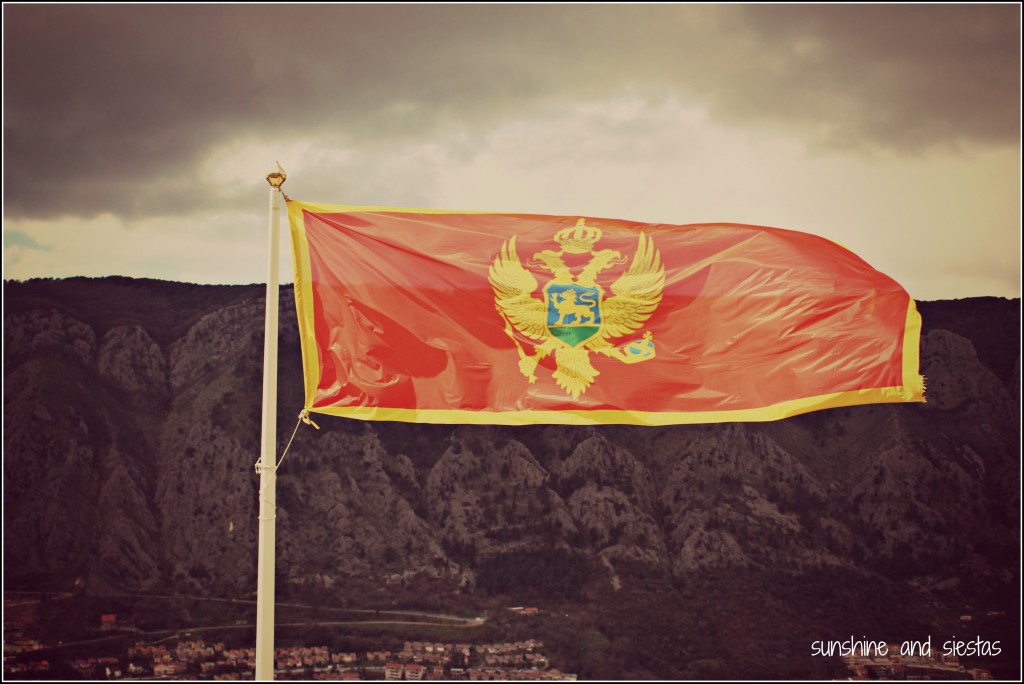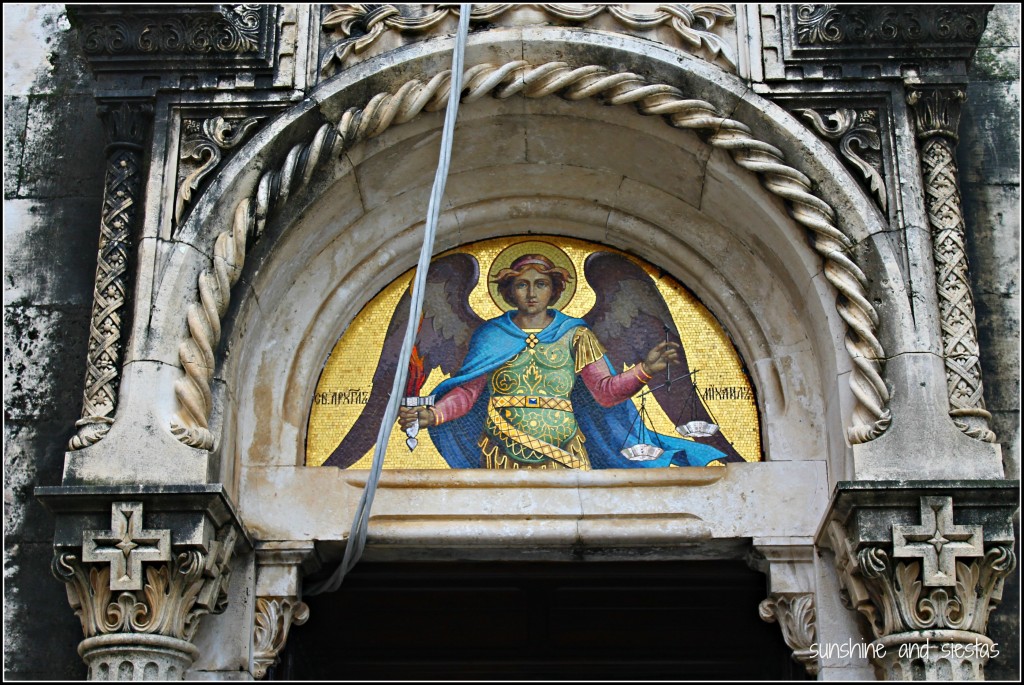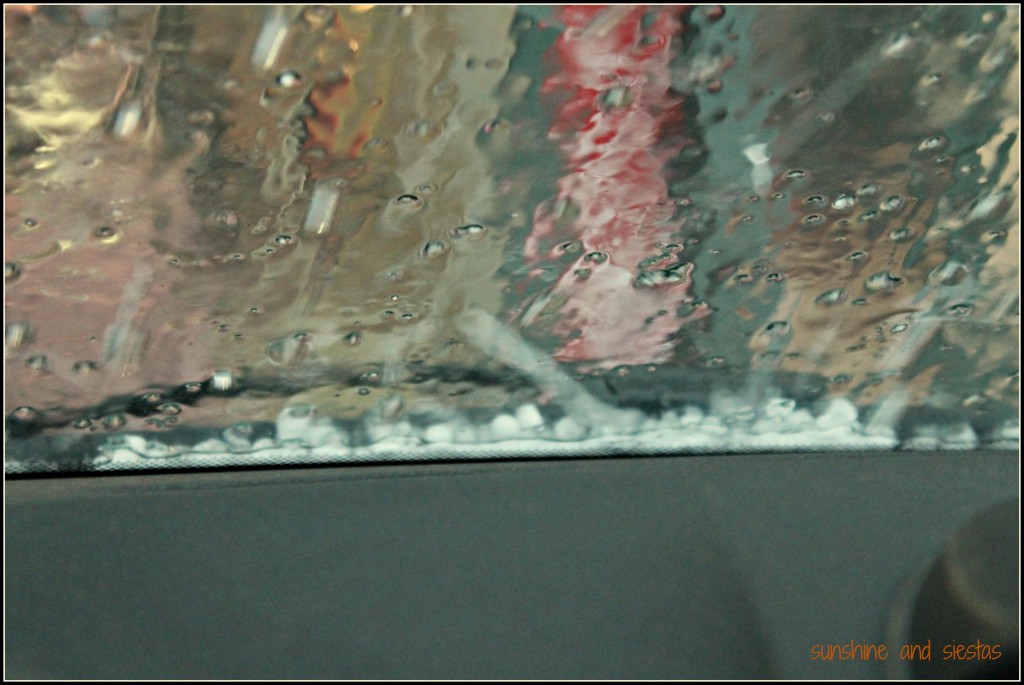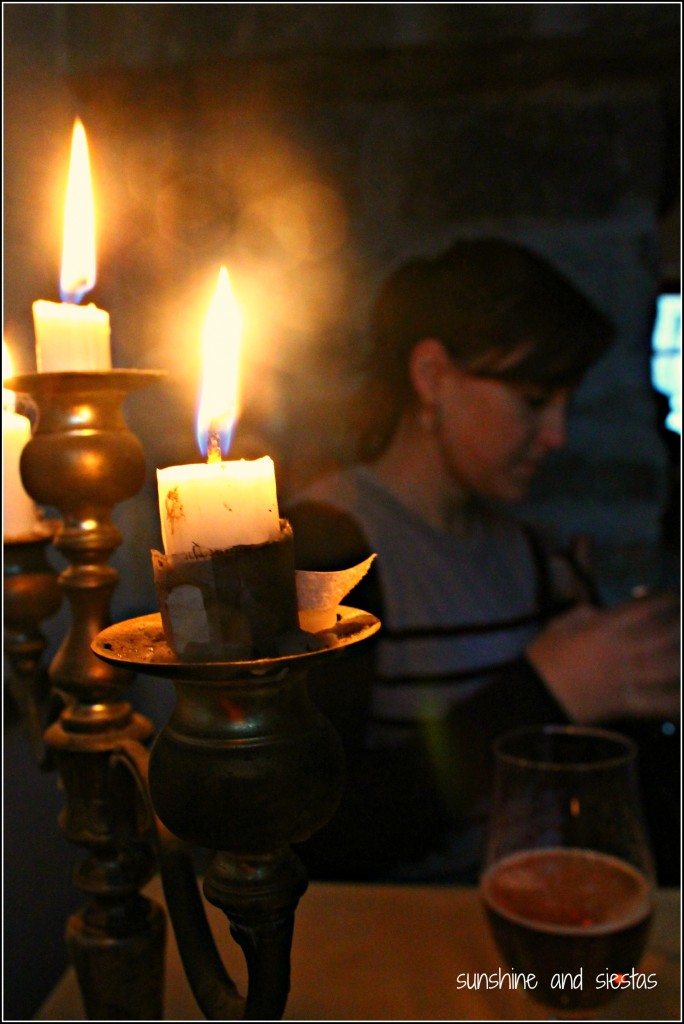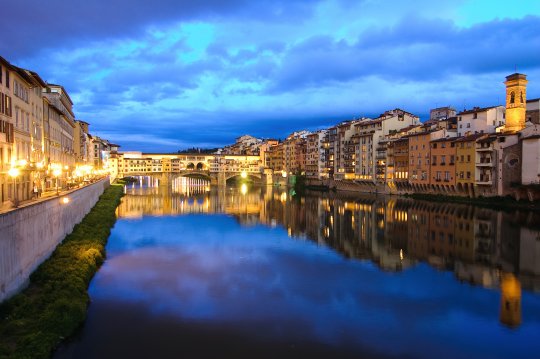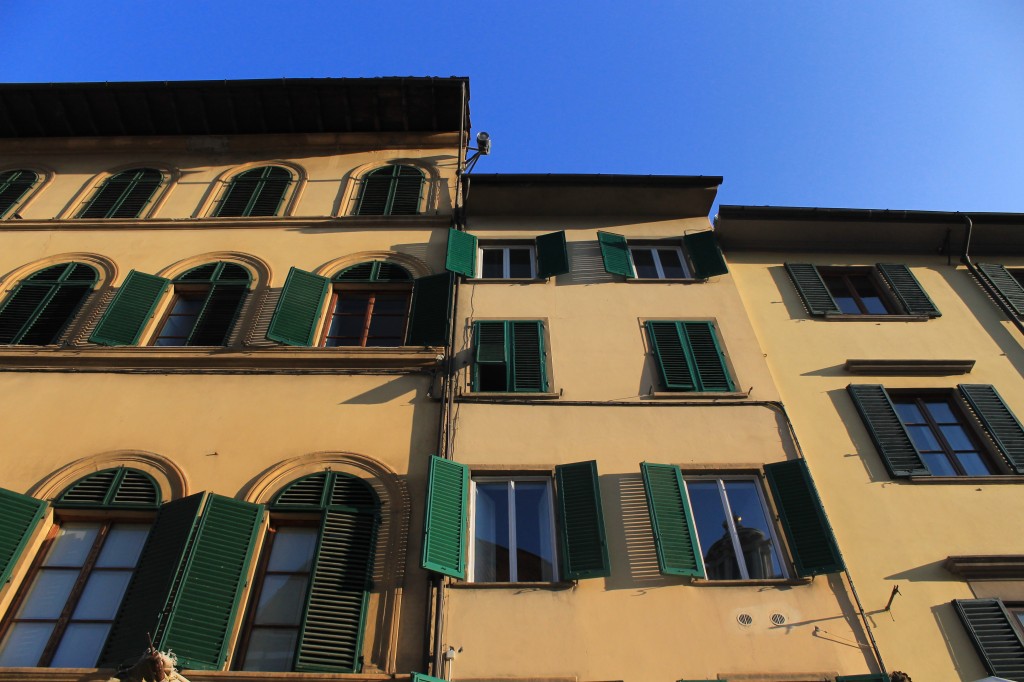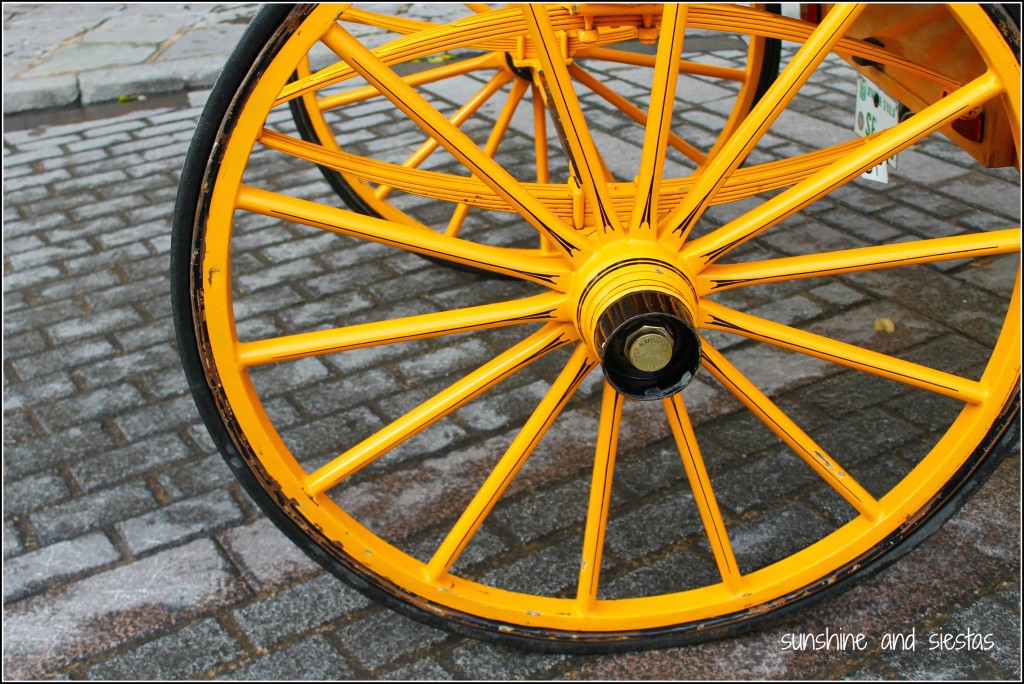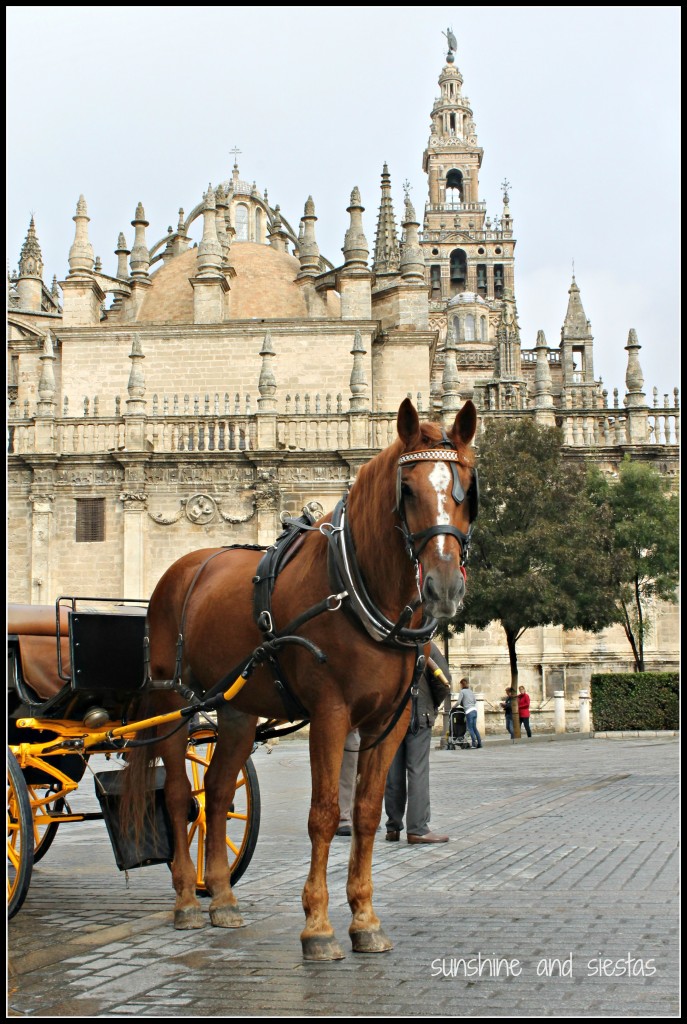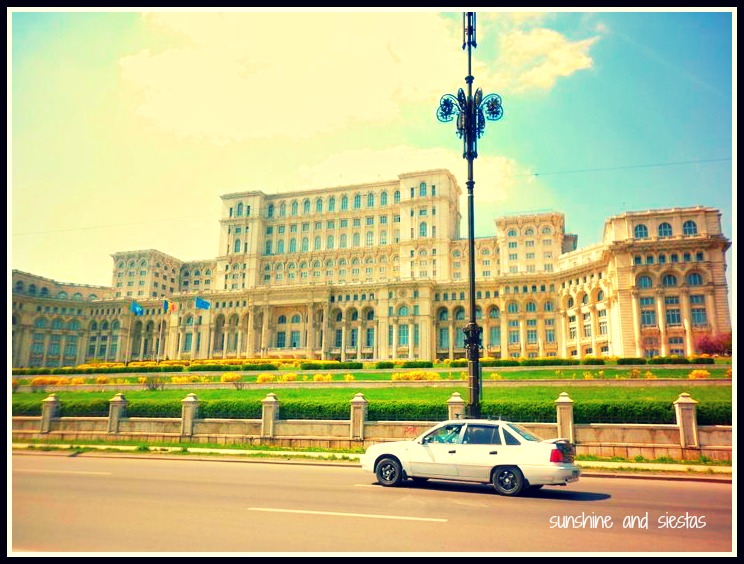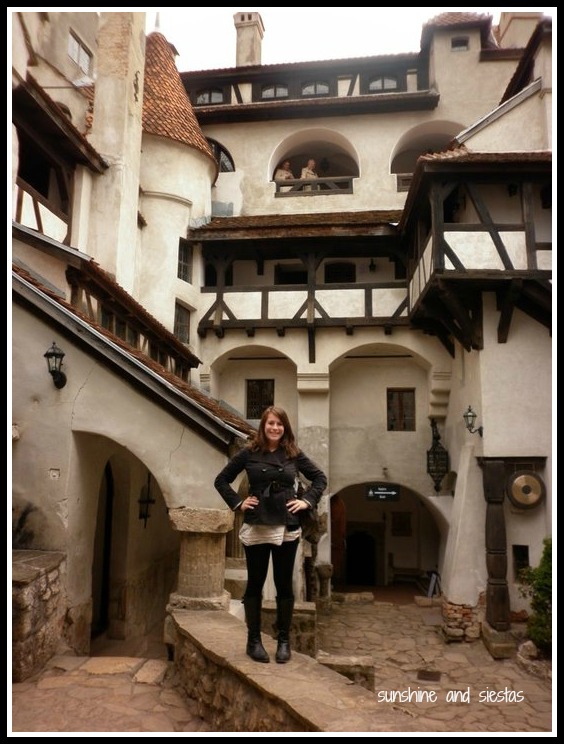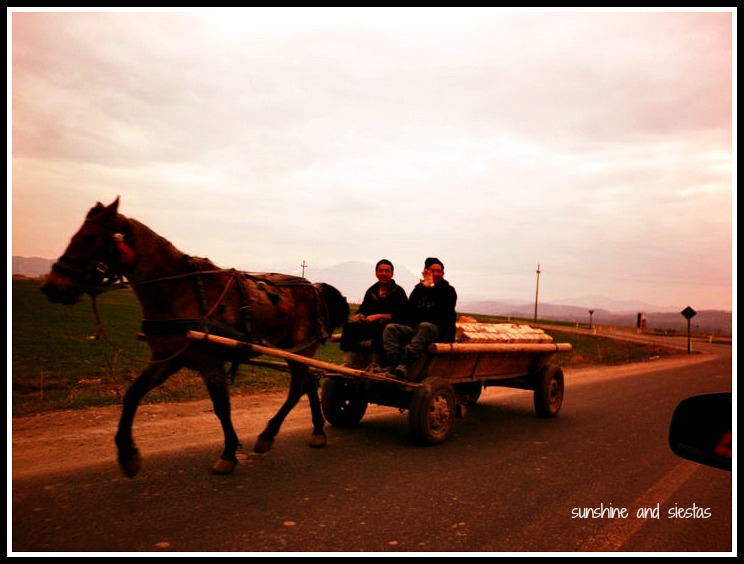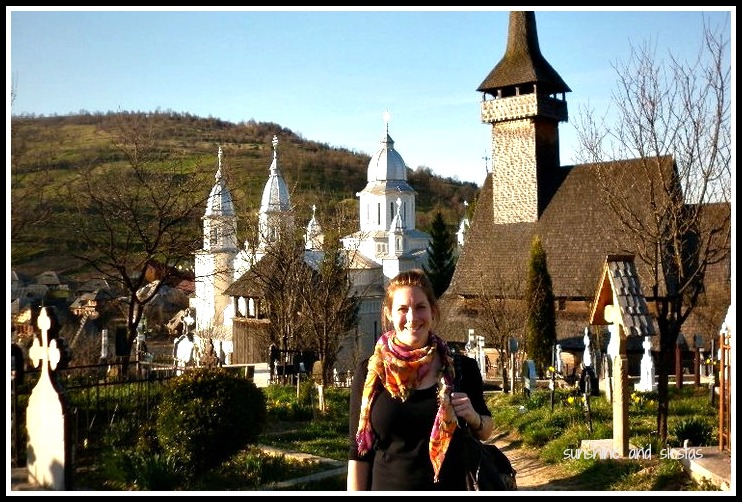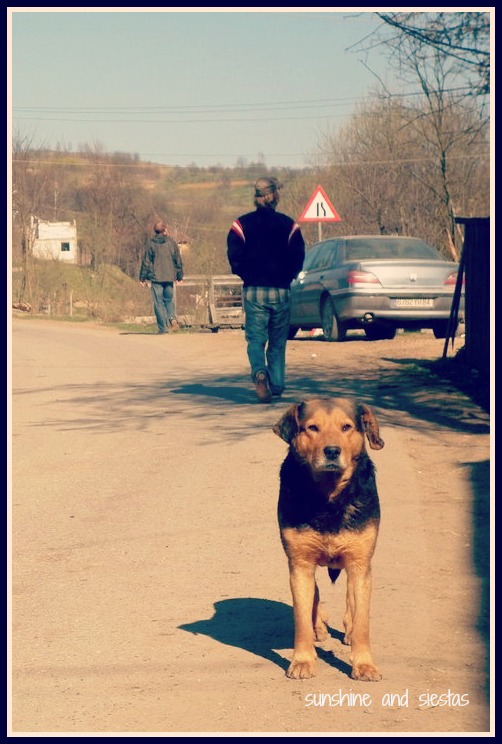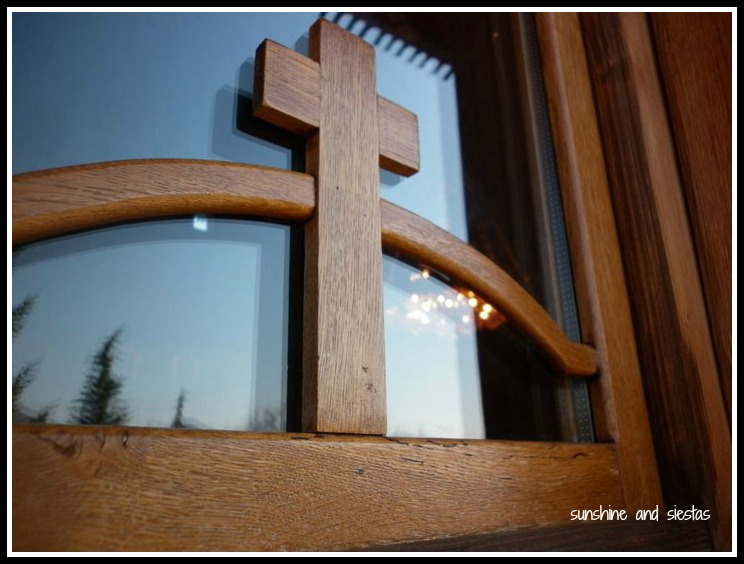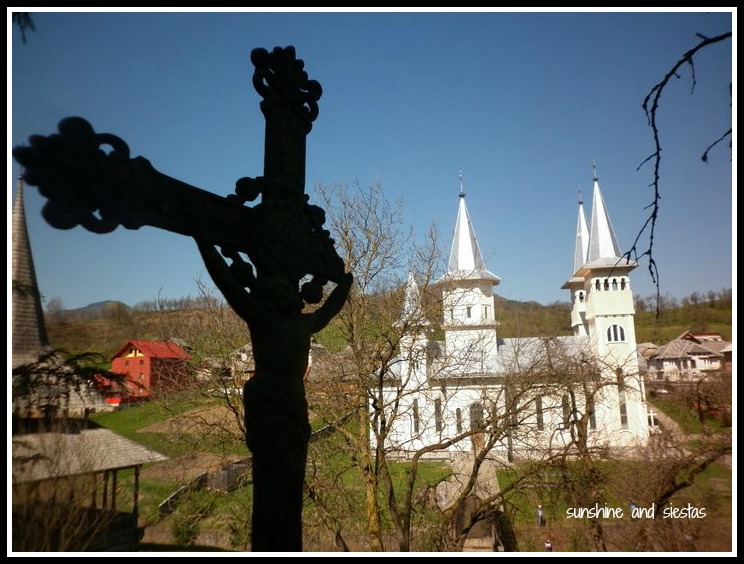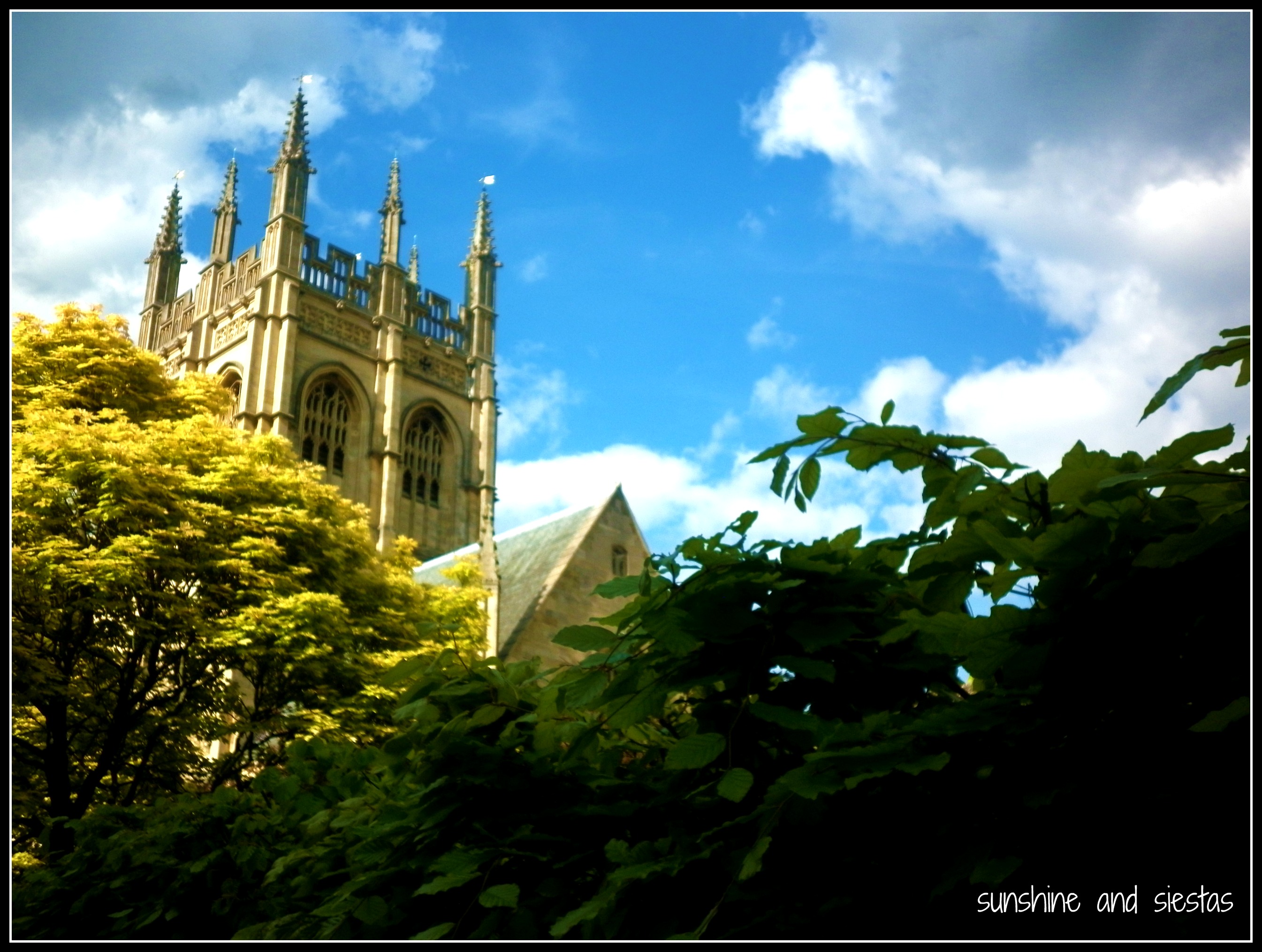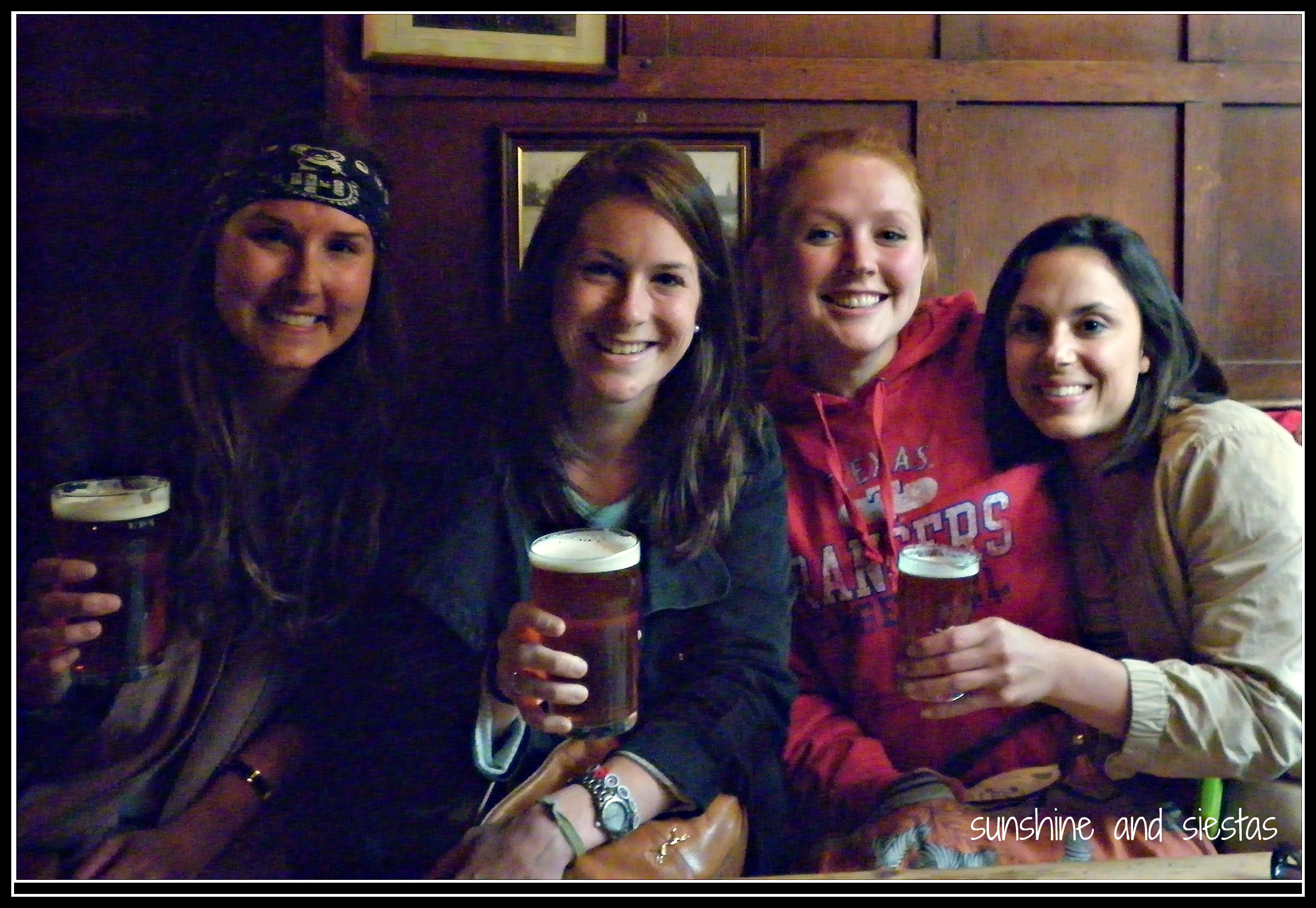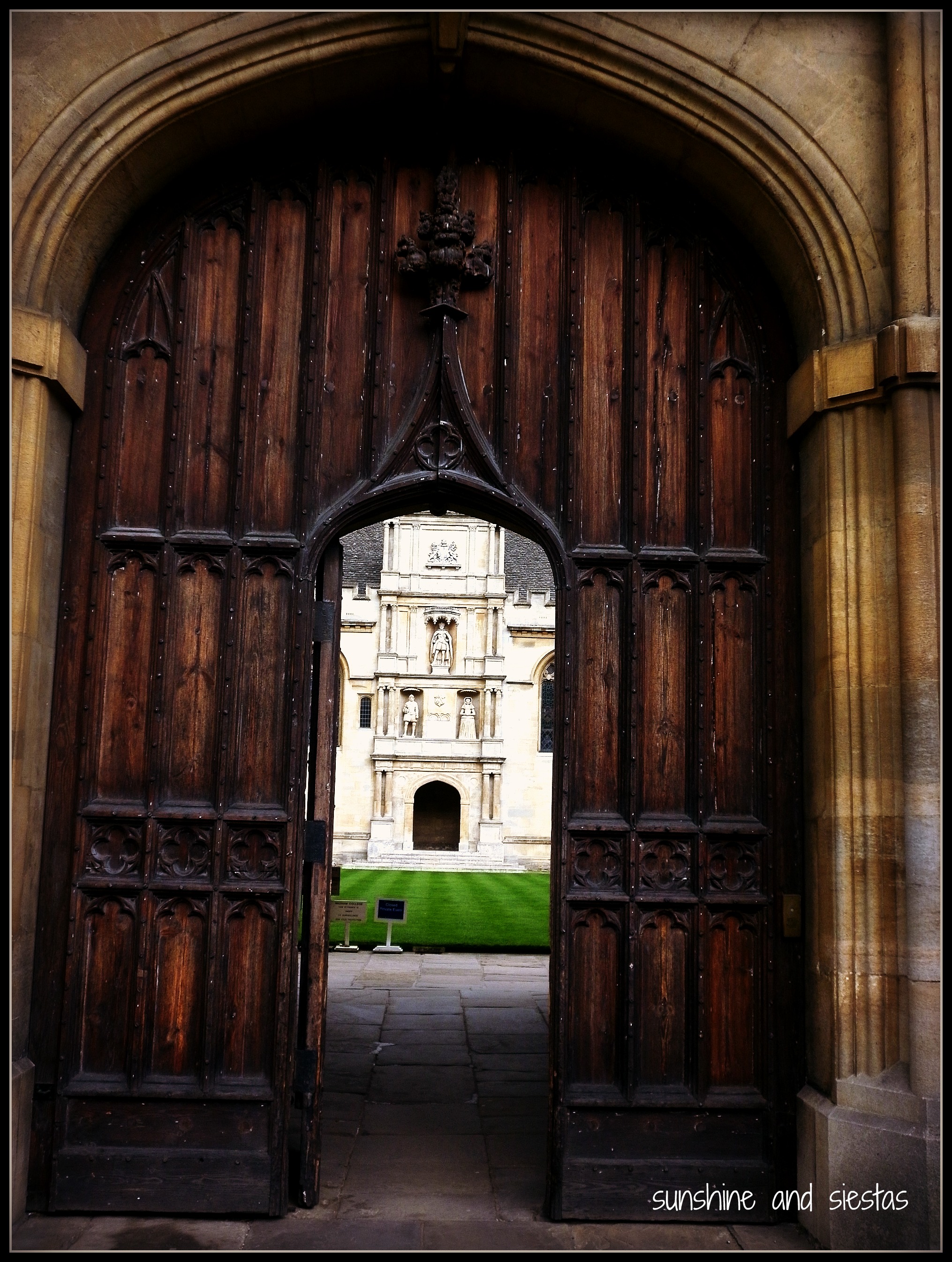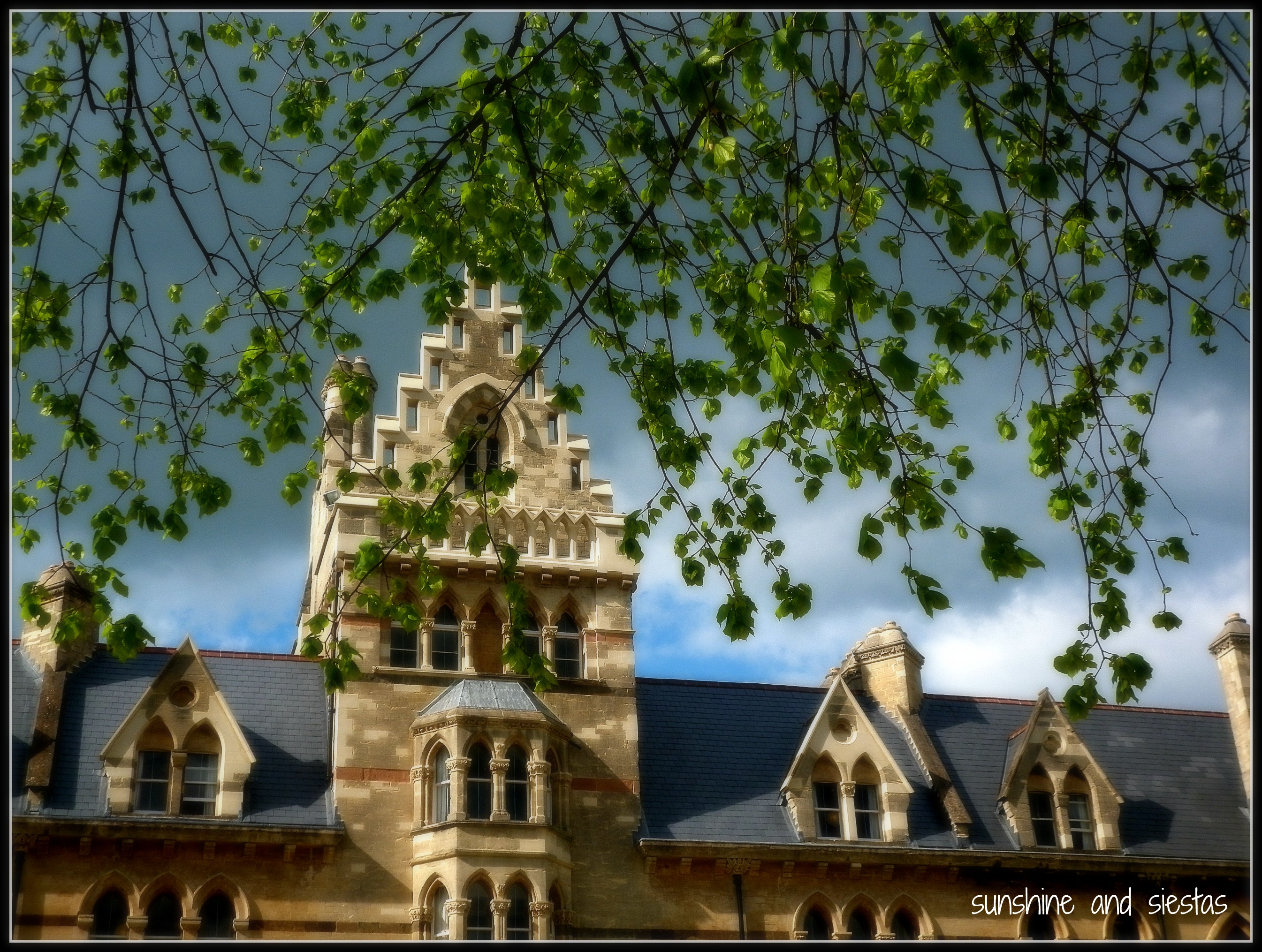Author’s Note: Seville wasn’t always the object of my Spanish affection: I spent six weeks living with a host family in Valladolid, perfecting my castellano accent and drinking copious amounts of Ribera del Duero wine, still one of my picks. The fertile Duoro valley, which begins in Northern Castilla y León, flows into Portugal, who has also gained international fame for its port wines from the region. I had the opportunity to visit its capital, Porto, and became a big fan! I’m aching to go back and explore more: Home to some of Europe’s most remarkable natural landscapes, the Douro Valley is undoubtedly one of Portugal’s finest regions. An international hotspot for fine wine production, this charming valley is the ideal destination for a summer holiday.
As one of Portugal’s most sparsely populated areas, the Douro Valley is an excellent destination for visitors looking to escape the stress of urban life. Relax and unwind as you travel down the Douro River, taste great Portuguese wine, and enjoy yourself in this area of natural beauty.
Wine Tasting
The Douro Valley is one of Portugal’s most well-known wine growing regions, with the unofficial title of ‘world’s most beautiful wine region.’ Famous for its delicious port wines, the Douro is one of Southern Europe’s wine growing hotspots. Relax beside the Douro River and sample one of the region’s famous ports, including 40-year-old tawny variations. Lovers of red wine will enjoy spending their holiday in the Douro’s vineyards and riverside wineries.
Authentic Portuguese Dining
The Douro Valley region is home to some of Portugal’s finest food, as well. Spend your first day in the region exploring Porto– the region’s largest city. Known as the country’s capital of fine dining, Porto is an excellent place to taste authentic Portuguese food.
Known for its seafood, Porto is the perfect place to taste bacalhau – a dish made using salted codfish. Other options include the popular beach BBQs in Matosinhos, where you can sample grilled fish, chicken, and shrimp.
Excellent Architecture
The entire Douro Valley region, and Porto in particular, is home to some of the best architecture and urban design in Portugal. Relax near the Douro in the central districts of Porto – also a UNESCO World Heritage Site – and spend an afternoon exploring the thin, winding city streets. Streets near the city center, like Rúa Miguel Bombarda and the streets winding around the Seu and the university are especially charming.
As one of Europe’s largest mercantile cities in past eras, Porto is home to a style of tall, thin townhouses that are hard to find elsewhere in the country. The riverside area of the city, known as Ribeira, is a great place for architecture nuts to explore.
River Cruises
The Douro Valley is also renowned for having some of the most incredible scenery in all of Southern Europe. With vineyards lining the mountains that surround the river, a trip down the Douro is an incredibly stimulating visual experience.
Whether you opt for a short one-day cruise or a five-day river trip, spending your holiday on the Douro River is an excellent way to enjoy some of Southern Europe’s most dramatic scenery.
Historical Sites
Northern Portugal, the Douro Valley region in particular, is home to one of Europe’s oldest civilizations. Porto, the region’s largest city, was a Roman outpost during the height of the Roman Empire’s dominance of Southern Europe. Because of its historical significance, the region is filled with stunning churches and palaces. The Porto Cathedral is a beautiful Romanesque structure at the heart of the city, while the Palácio da Bolsa is a gorgeous 19thcentury palace that was formerly the city’s stock exchange.
From fine wine to delicious food, incredible houses to beautiful historical churches and Roman buildings, Portugal’s Douro Valley is an immensely rewarding place for visitors looking to relax in beautiful surroundings and discover Portugal’s history.
This travel guide was written by Shearings Holidays, one of Europe’s leading coach holiday companies. Visit their website to learn more about river cruises in Northern Portugal and Spain. If it weren’t true, I wouldn’t publish it cuz I like keeping it real.
